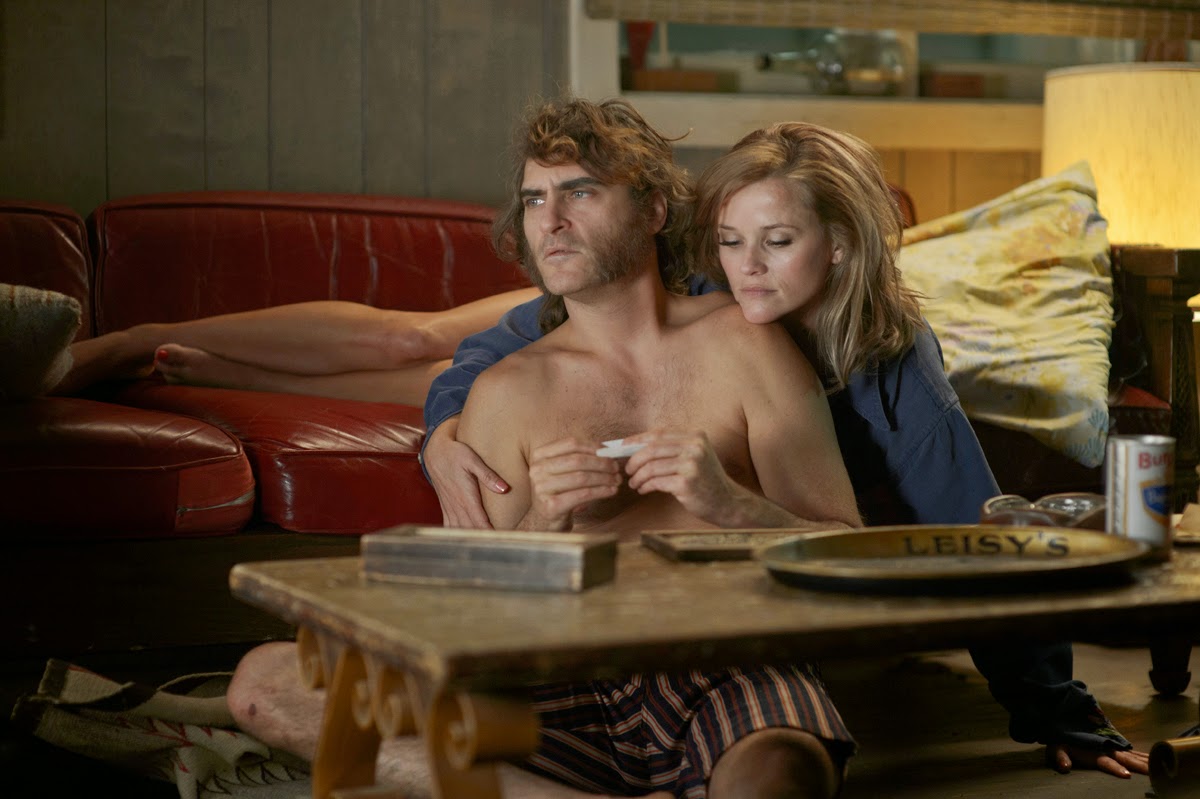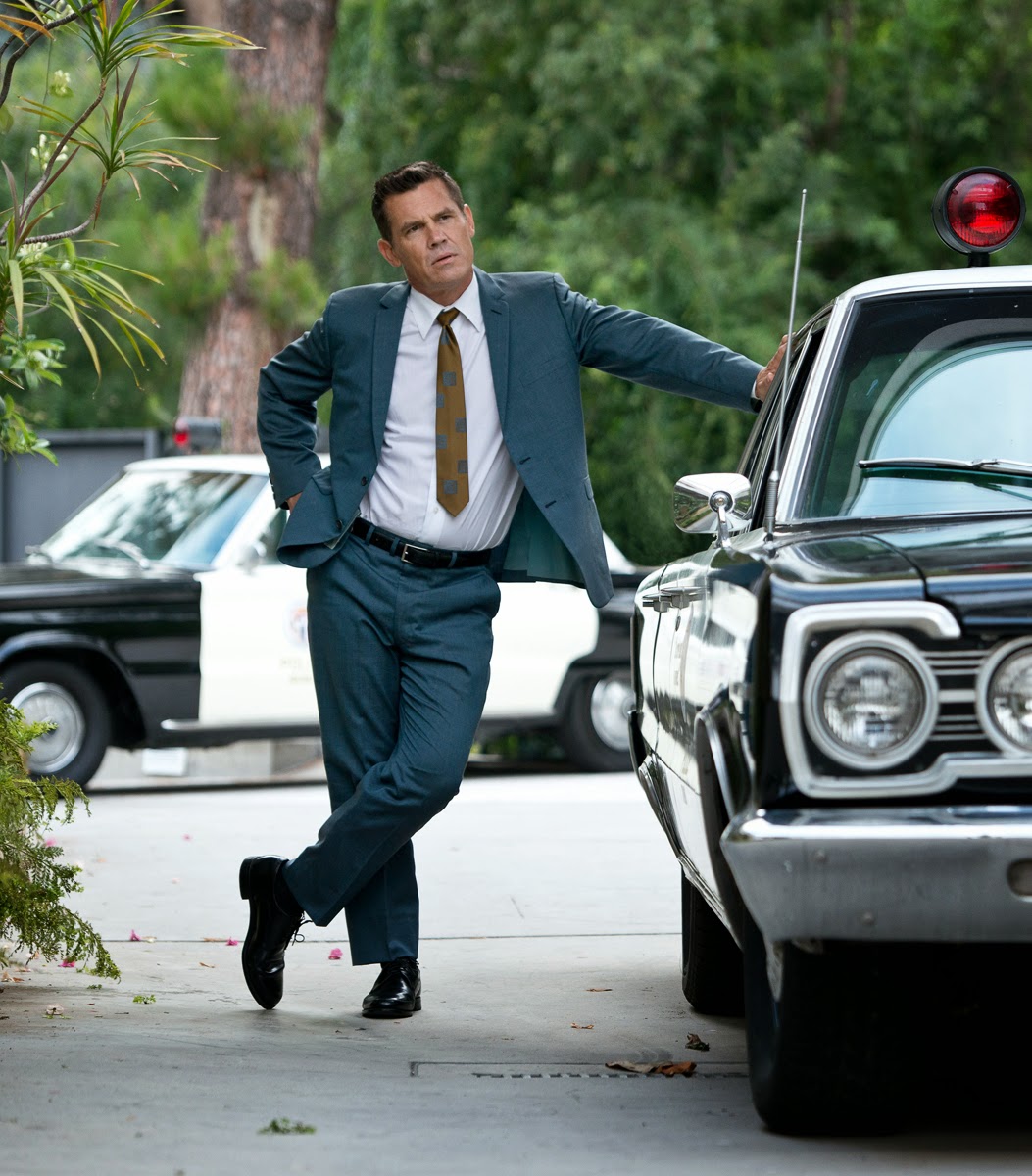Finally, the conclusion to the Hobbit series, or as I like to call it The $500-Million Object Lesson on How to Overproduce a Simple Children’s Book. I’m retiring if this movie spawns that 12-part Green Eggs and Ham miniseries, or perhaps that Poky Little Puppy quadrilogy.
Listen, there is such a thing as “too much,” and it’s right here in The Hobbit: The Battle of the Five Armies, the endpoint to Peter Jackson’s Hobbit adaptation, a book that would have been perfectly suitable within one movie or, what the hell, even two. But three!?! The wheels have finally come off this unnecessarily long franchise that began on an ominous note with the hated high-framerate 3D in An Unexpected Journey, slowly began to course-correct in The Desolation of Smaug, but finally putters into heap here with battle scene after battle scene after battle scene. It’s enough war to give the orcs PTSD.

The problem, in the beginning and still now, is the script, which deviated far and wide from J.R.R. Tolkien’s original Hobbit text just to pluck prequel strings for Jackson's Lord of the Rings franchise. New locations were plotted, new characters were written, villains were crafted out of the ether, and trivial episodes were stretched thin, “like butter that has been scraped over too much bread.” Keep in mind, all this in a story that already has too many characters, including 13 dwarves, of which only a fraction are identifiable by name — the leader, the wise white-haired one, the twins and that fat one. The rest are just background filler.
Tasked with going to the Misty Mountains to reclaim their lands and wealth, the dwarves, captained by Thorin Oakenshield (Richard Armitage) — and joined by wizard Gandalf (Ian McKellen ) and Hobbit burglar Bilbo (Martin Freeman) — have fought their way through trolls, orcs, wood elves, Mordor ghosts, man-bears, a mutant orc with a sword for an elbow and, in the previous film, a giant dragon named Smaug, who might be the most sympathetic character in a series tragically lacking sympathetic characters.

The Battle of Five Armies opens on Smaug as he begins to torch a human city floating on a lake near his mountain throne. The film does not make any effort to submerge you back into the Hobbit; it simply drops you in headfirst — Gandalf is in a cage somewhere, a noble human is in jail, a ruthless tax collector is swimming away with the town’s loot, and Thorin drools over his mountain’s abandoned wealth. There is also a love-smitten elf, Tauriel (Evangeline Lilly), whose romantic intentions lead to a catastrophic dead end. A refresher course on all this interrupted story would have been nice, but I guess that’s what happens when you break a single story up over multiple movies. The bigger problem here is that there is just too much of it; a leaner story and cast list would have gone a lot further.
The dragon’s defeat is mostly a foregone conclusion, which leaves lots of time for the dwarves to politically scorch Middle Earth with their greed, much of which is inspired by Thorin, who’s so overwritten he becomes a parody of Tolkien’s character. The dwarves camp out in the gold mountain, and their protest-like stand sends ripples through every race of creature, from bow-wielding tree elves to pig-riding dwarf armies to legions of orcs with armored artillery units mounted on the backs of trolls. They all descend on the mountain to wage war for the treasure, a gold haul that 13 dwarves refuse to give up because of their misplaced sense of entitlement.

Notice that I haven’t really talked about Bilbo much, and that’s intentional. Bilbo is mostly an afterthought. Remember, he was brought on the quest to burglarize the dragon’s den. With that job fulfilled, he’s left twiddling his thumbs as Thorin barricades Middle Earth’s Fort Knox, Gandalf tussles with Sauron’s ghost, and elves Legolas and Tauriel inject themselves into a story in which they don’t belong. Legolas has a line here about some rabid bats: “These bats are bred for one purpose … war.” It echoes a line by Thorin: “We have no choice then … but war.” I think every character has a line that ends with a pause and “war.” And war they are all given.
The centerpiece of the film is essentially an 80-minute battle with all of the characters, and many we didn’t even know about, including Christopher Lee, Cate Blanchett and Hugo Weaving all reprising their Rings roles in a non-canon scene meant as lip service to Tolkien fanboys. Peter Jackson, although weighed down by three films of character confusion and watered-down story, still knows how to arrange some impressive battle scenes. His scope for war and carnage seems to have no bounds. And, once again, the Weta Workshop does a stellar job at populating Tolkien’s world with believable props, costumes and digital effects. It’s unfortunate the story couldn’t have been boiled down a little more.

The key word there is “story” and The Battle of Five Armies’ is a wreck. It’s all loose ends and forced drama, and just too many reverse-engineered plot points that honor Jackson’s earlier films but not Tolkien’s book. So why did this work for Lord of the Rings, but not the Hobbit? It’s hard to say, but I think it comes down to the nature of the characters, the points at which they’re introduced in the story and the ultimate goal to which they strive. In Rings, the key figures of the film were introduced within the first hour of the first film, whereas The Hobbit is still introducing heroes (and villains) deep into the third film. How can we identify or appreciate characters that are ninth-inning additions?
Other key components are the character motivations. In Rings, everyone was united in defeating Sauron and destroying the ring. There was never any question about that endgame. Yet here, I’m stumped. I think this is about the reclaiming of a dwarf city that was stolen by a dragon, but Five Armies complicates that with all the politics of the gold, the reluctant gratitude of the dwarves, and the request of payment from everyone else. If only the movie could end with the death of the dragon, which is a conclusion that makes sense, and just feels like a natural stopping point. I know the book examines the post-Smaug landscape, but I don’t remember it feeling this anti-climactic and long-winded.

This franchise has let me down, and spoiled the simplicity of the book. And it casts a shadow on the awesomeness of the Lord of the Rings franchise, which was executed with supreme precision and fluid storytelling. Mostly I’m just sad that Jackson thought he could do it all again. He’s a talented director, and his work is always entertaining, but this film was doomed the moment it was split, and then split again.
That’s not how you build movies, although it is precisely how you break them.\
 The Alejandro González Iñárritu-written and -directed character study, about a washed-up actor slowly losing his mind while directing a play in New York City, was a critical darling early this awards season with buzzworthy openings at the Venice, New York and Telluride film festivals. The hype was especially noteworthy for award-winning star Michael Keaton, who turned in what many critics are calling the performance of a lifetime. The semi-autobiographical role is noteworthy because Keaton, a former Batman, plays an aging actor who is trying to step out of the shadow of a winged comic character he played many years before. Former Phoenician Emma Stone, who plays Keaton's daughter in the film, won best supporting actress.
The Alejandro González Iñárritu-written and -directed character study, about a washed-up actor slowly losing his mind while directing a play in New York City, was a critical darling early this awards season with buzzworthy openings at the Venice, New York and Telluride film festivals. The hype was especially noteworthy for award-winning star Michael Keaton, who turned in what many critics are calling the performance of a lifetime. The semi-autobiographical role is noteworthy because Keaton, a former Batman, plays an aging actor who is trying to step out of the shadow of a winged comic character he played many years before. Former Phoenician Emma Stone, who plays Keaton's daughter in the film, won best supporting actress.

















































